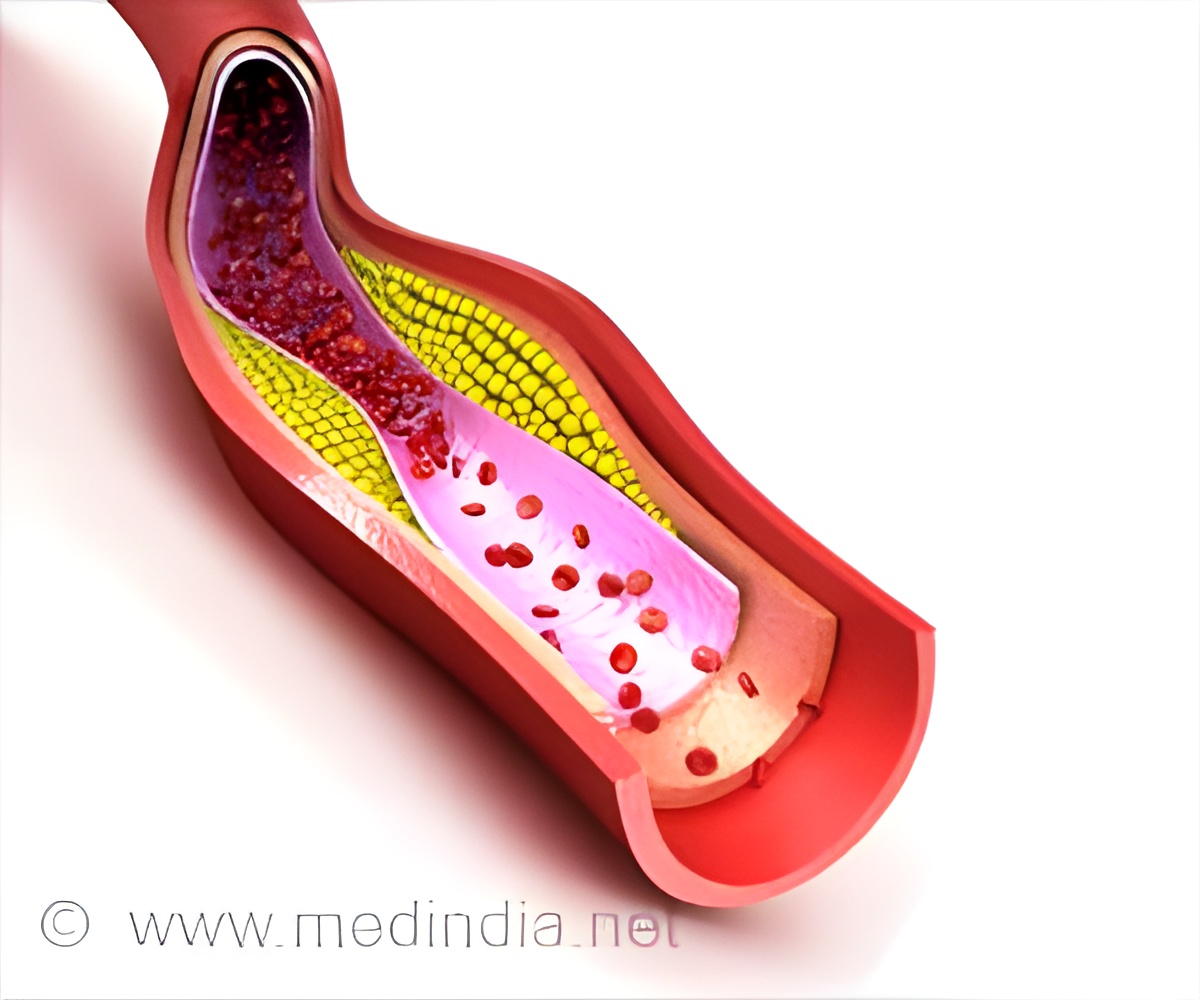
‘One of the key distinctions between the two is that a heart attack often develops during physical exertion, whereas a panic attack can occur at rest.’
Tweet it Now
In the case of a heart attack, a blockage in a coronary artery may result in the same symptoms. "Chest pain, rapid heartbeat and breathlessness may result when an insufficient amount of blood reaches the heart muscle," says Tung. (See "Symptoms" below.) A heart attack is more likely to develop when the work load of the heart increases, for example while a person is shoveling snow or running up the stairs, especially in people who do not routinely engage in physical exertion.
Another difference is duration: Panic attacks tend to gradually subside and resolve on their own within about 20 minutes. A heart attack, however, will often continue and may worsen over time. You should always seek immediate medical attention if there's any question, says Tung. In women, heart attack symptoms may be milder and could include unusual fatigue and chest discomfort rather than chest pain. It's important not to minimize symptoms, as the situation could quickly escalate. Never hesitate to call 911.
If symptoms are determined to be a panic attack, a number of treatment options are available, according to Aditi Nerurkar, MD, MPH, Medical Director of the Cheng-Tsui Integrated Health Center at BIDMC. These might include integrated therapies that focus on stress management and relaxation techniques such as meditation, acupuncture, yoga and tai chi.
The following are typical symptoms of heart attack and panic. Always contact your doctor or call 911 if you have any questions.
Advertisement
• Squeezing pain and pressure in the chest
Advertisement
• Pain that radiates to the arm, jaw or shoulder blades
• Pain and symptoms that get worse over time
• Shortness of breath
• Near fainting
• Sweating
• Nausea and vomiting
Panic Attack
• Increased or racing heart rate
• Sudden onset or onset during extreme stress or anxiety
• Pain that gets better over time
• Symptoms that resolve within 20 to 30 minutes
• Shortness of breath
• Sweating
• Tingling in the hands
Source-Newswise














